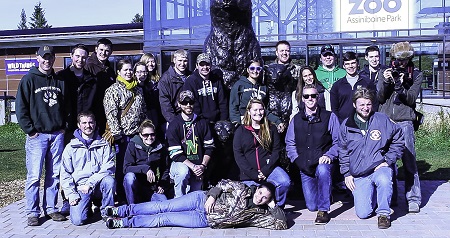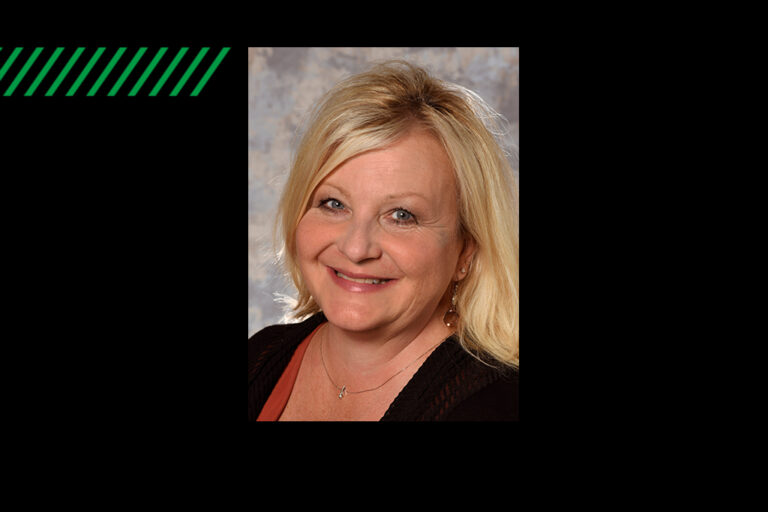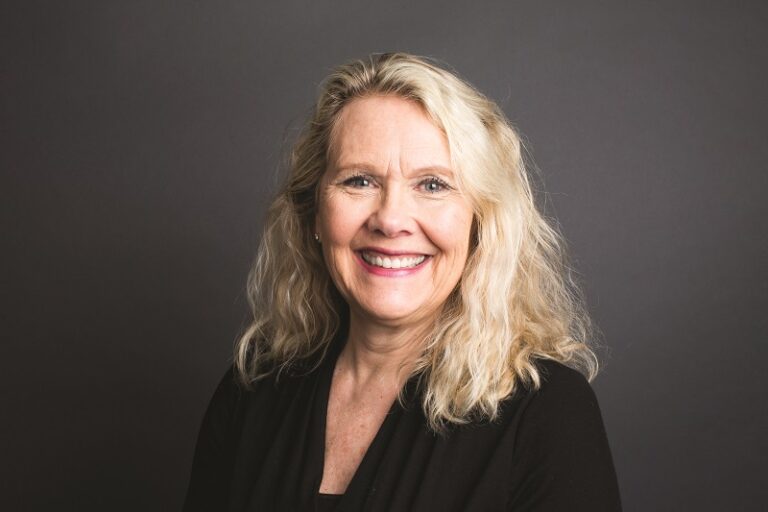UND Wildlife students earn state, national recognition
Students from the University’s chapter of The Wildlife Society (TWS), which is made up of students interested in fisheries and wildlife biology, recently attended the North Dakota Chapter of the Wildlife Society conference, where members won a slew of awards and recognition for their efforts.

Among the 25 UND students who attended the conference, there were three oral presentations, eight posters presentations and one video presentation. According to Tanner Stechmann, president of UND’s chapter of TWS, student research projects are developed through a combination of personal interests and assistance from professors who have similar research interests. Research and work for these projects can take semesters or even years, as data is collected and analyzed.
“The Wildlife Society is very important because it promotes professional development and networks,” Stechmann said. “Going to conferences and presenting your work allows you to develop connections with other professionals in the field and show your work. This often creates future employment and graduate positions for students.”
Stechmann was awarded most outstanding UND undergraduate student at the conference, while Alicia Andes was named most outstanding UND graduate student. Nick Conrad, along with John Palarski and Becca Kludt, won the most outstanding poster presentation, with Nick Caswell and Alicia Andes taking third. In addition, graduate student Andrew Barnas won the most outstanding oral presentation, with UND’s Kludt taking second. Undergraduate students Will Beaton, Nick Sallen and Alex Aman also produced a 15-minute conservation feature on Meadowlarks, which was recognized at the conference.
National conference
In addition to their success at the state conference, members of UND’s Wildlife Club also earned national recognition this fall, when 18 undergraduate and 5 graduate students traveled to the National Wildlife Society Conference in Winnipeg. At the national conference, UND’s group had two oral presentations and nine posters presented. Sam Hervey and Shay Erikson’s poster, examining the genetic links between muskrats in North Dakota, took first place in the poster competition, tying for the spot with fellow UND students, Conrad and Palarski’s, poster on the blue-winged teal’s predation and parental habits.
“It is very rewarding to be recognized for all of our members’ hard work,” Stechmann said. “We are a small chapter and it is exciting to see that we, as a biology department, are able to present students and their work that exceeds the work of school with larger programs. For the past three years, we have had students win awards at the national conference for poster and oral presentations.”
About The Wildlife Society
The Wildlife Society is an international organization committed to addressing issues that affect the current and future status of wildlife throughout the world. The organization has roughly 10,000 members, including scientists, managers, educators, technicians, planners, consultants and others who manage, conserve and study wildlife populations and habitats, in addition to students who are pursuing and degrees related to the field of wildlife study and supporters of important wildlife issues.

